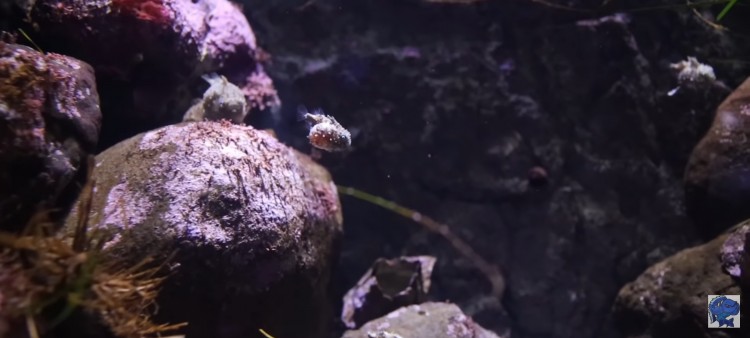The Most RARE Fishes For Your Aquarium
- Sep 05, 2021
- Anshika Mishra
- 546 0 0

The world is filled with very rare and unique breeds of fish. In this article, we are sharing three of the rarest and most peculiar fish you will ever find in the hobby:
Pacific Spiny Lumpsucker
This fish is almost impossible to observe with a straight face. This unique fish also present some starting adaptations. However, their standout trait is an evolutionary wonder. What was once a set of Pelic Fins have fussed to form a large, surprisingly strong Suckerdisc, this orb-shaped fish?
The ability to anchor itself to rocks, kelp, and eelgrass. Averaging about an inch in length, these fish has a tiny fin, unlike most fishes. There is no swim bladder of any kind, yet this species' small size and inefficient swimming haven't kept some Lumpsukers from venturing to depths as great as 480-feets.
Part of this fish's success is their low body density which roots from the bony skeleton and deposits buoyant, subcutaneous jelly. Both males and females of this breed have these deposits, but they are significantly large in females.
These amazing fish can be found stuck to the substrate in cold coastal water from northern California and Japan. They reproduce between July and October when the females deposit their eggs in small rock crevices guarded by the males.
The males arrive ahead of time in shallow waters to stake out the nests that their food will fertilize. The females will deposit the eggs, and then they'll return to their solitary life while the males stick around faithfully, guarding the clutch for three to eight weeks.
They protect and aerate the eggs and hatch them to well-developed juveniles. Then, within a few days, they are ready to munch on tiny little worms, crustaceans, and molochs.
Grunt Sculpin
This fish ranges from southern California up through the west coast of the US and over to central Japan. They are generally found along rocky bottoms and areas of sand mixed with rubble and intertidal zones between the low tide levels, and they go down to a depth of almost 540-feets.
They prefer the empty shells of Barnacles as a hiding place and a resting site, in which they lay and brewed eggs. In addition to Barnacles shells, the Sculpins will also seek shelter in bottles, cans, and other ocean floor debris. They have short, stocky bodies with large bulbous heads and long sharp tapered snouts. Instead of scales, they have plates that have minute spines on them.
They are modeled and streaked in shades of cream to orange and browns. When ready to mate, the female is a very determined fish, and she'll aggressively chase the males until she corners one in a cave crevice or an empty shell until she lays up to 150 eggs.
Four-Eyed Fish
This is the fish that you will enjoy, and it is a fish that you could see yourself keeping in one of your brackish aquariums. Despite their name, they don't have four eyes, and it is only the appearance of the eyes being split horizontally into two sections when they stay on the water's surface.
They are surface dwellers. They stay at the surface of the water, allowing them to make good use of their eye formation. However, they rarely leave the surface only to dive into the sand beds for snatching terrestrial insects to eat.
Since they are from South America and live in coastal areas with both fresh and brackish water, it is a very interesting fish.






About author